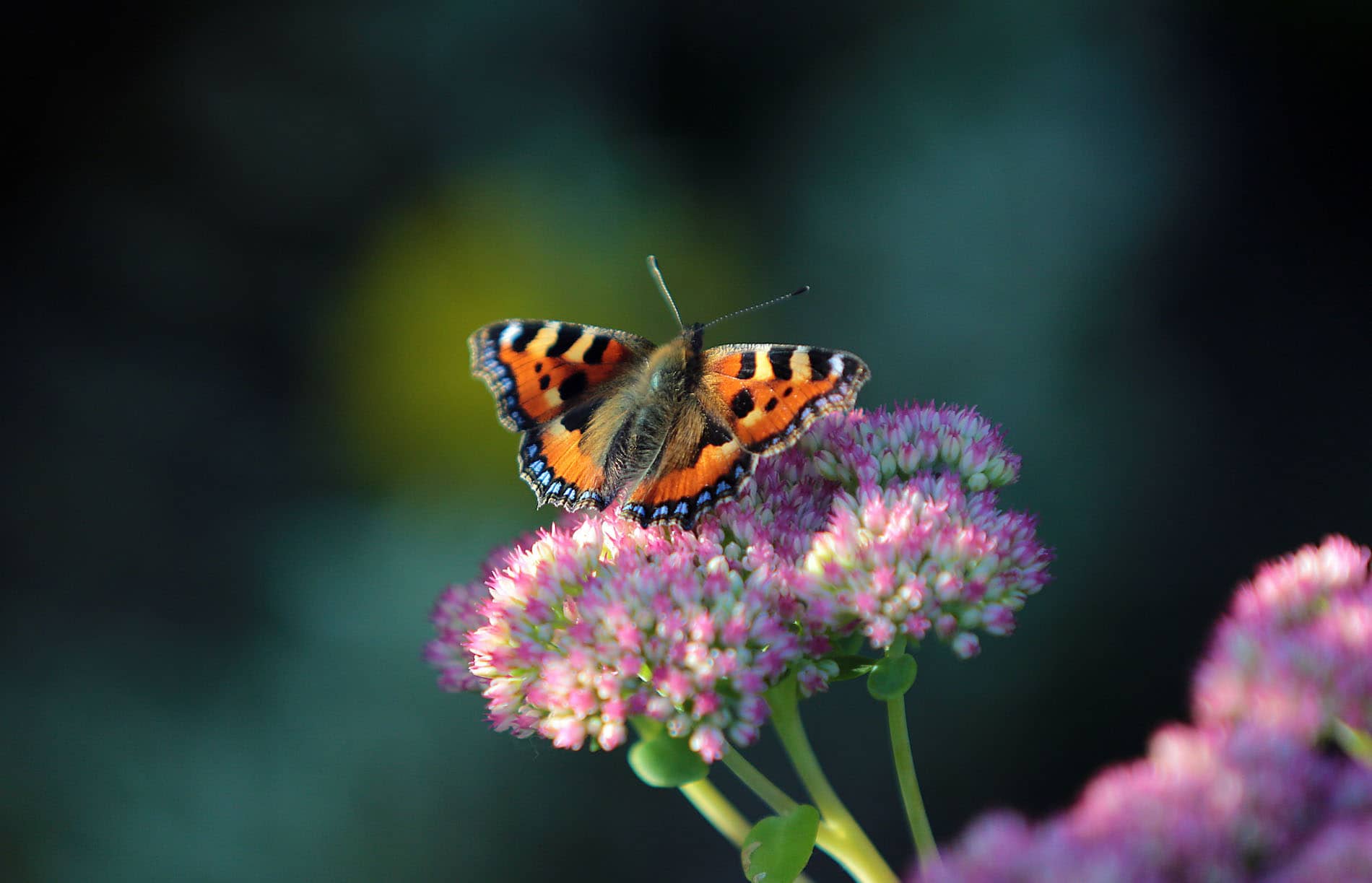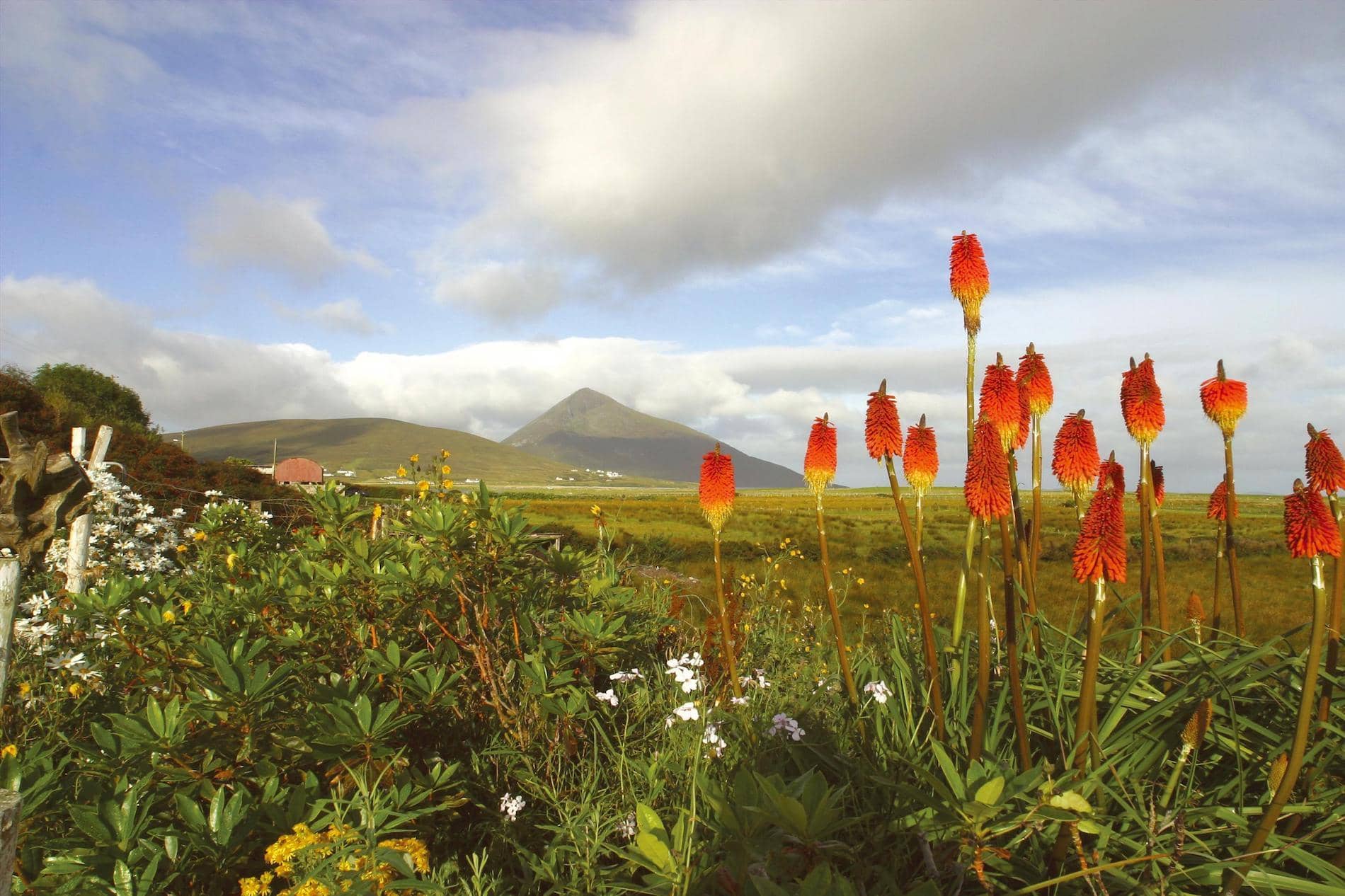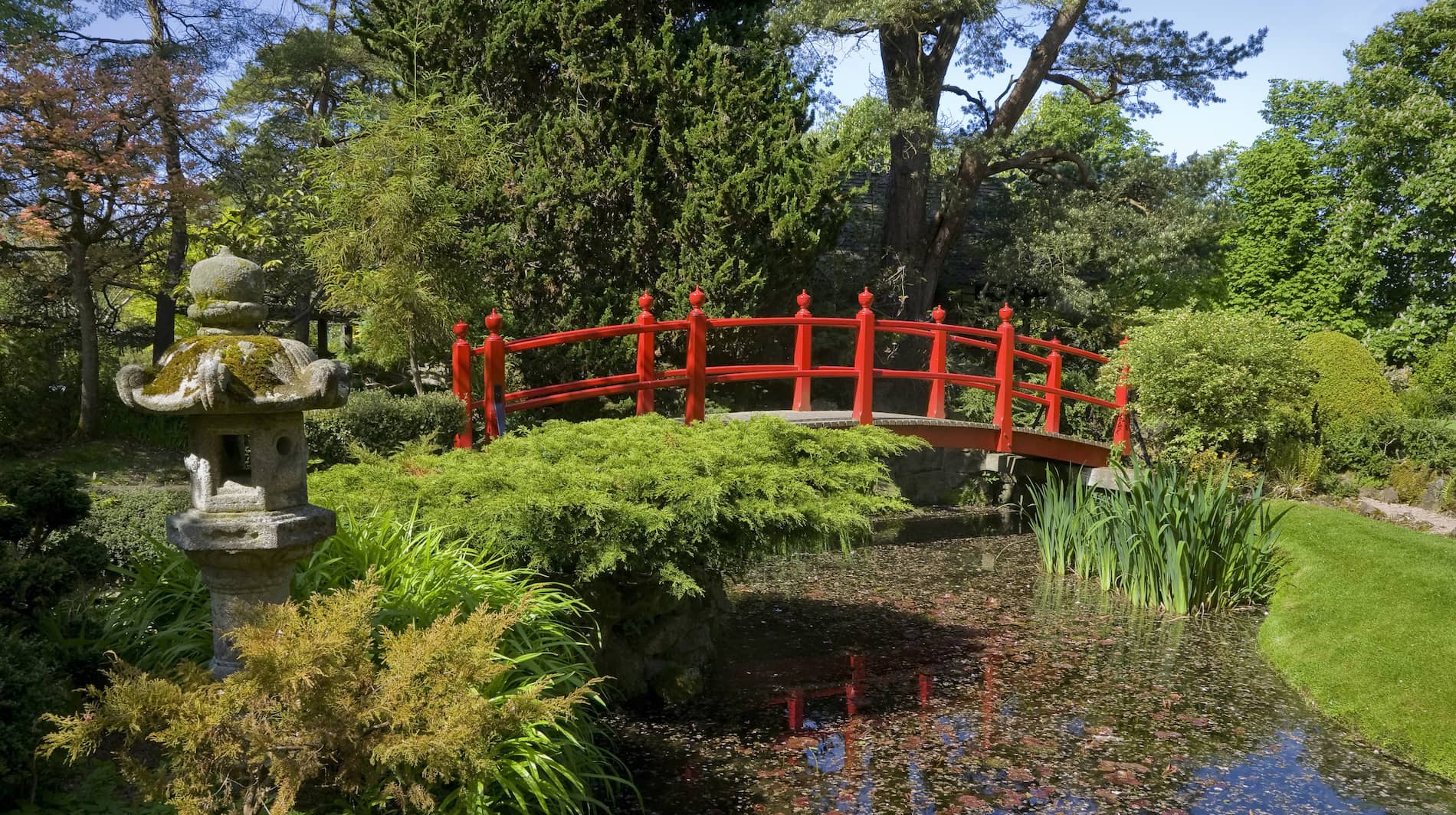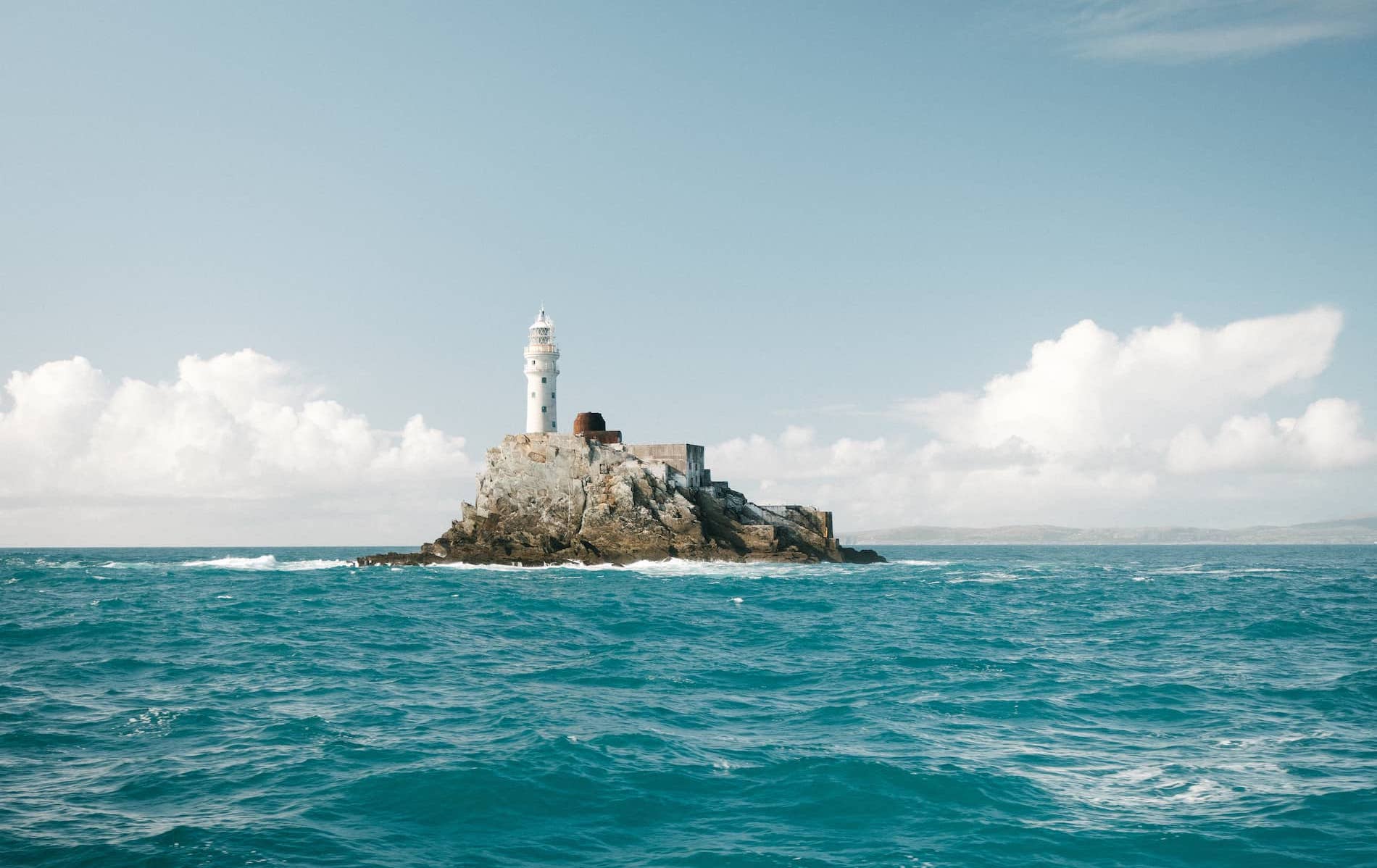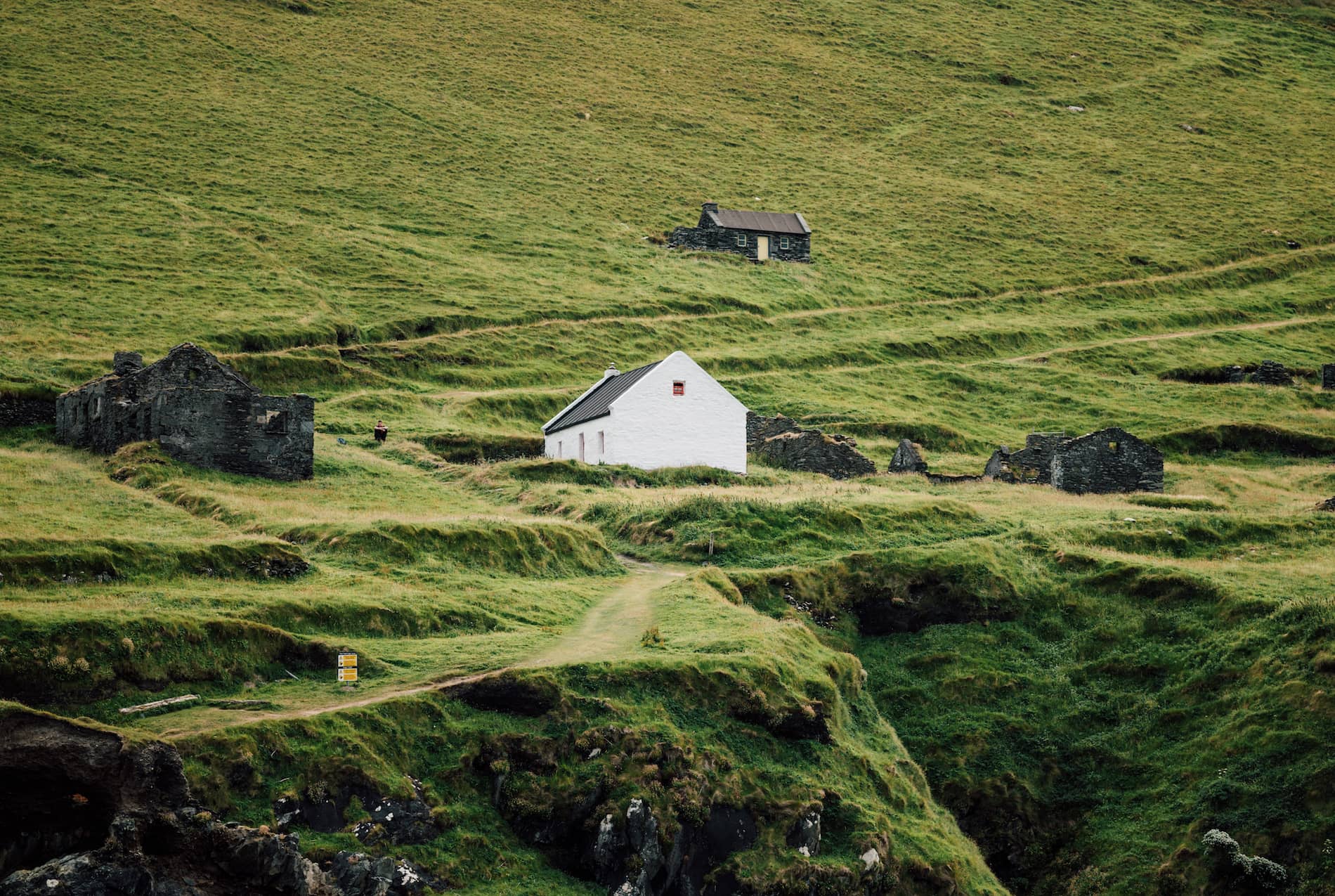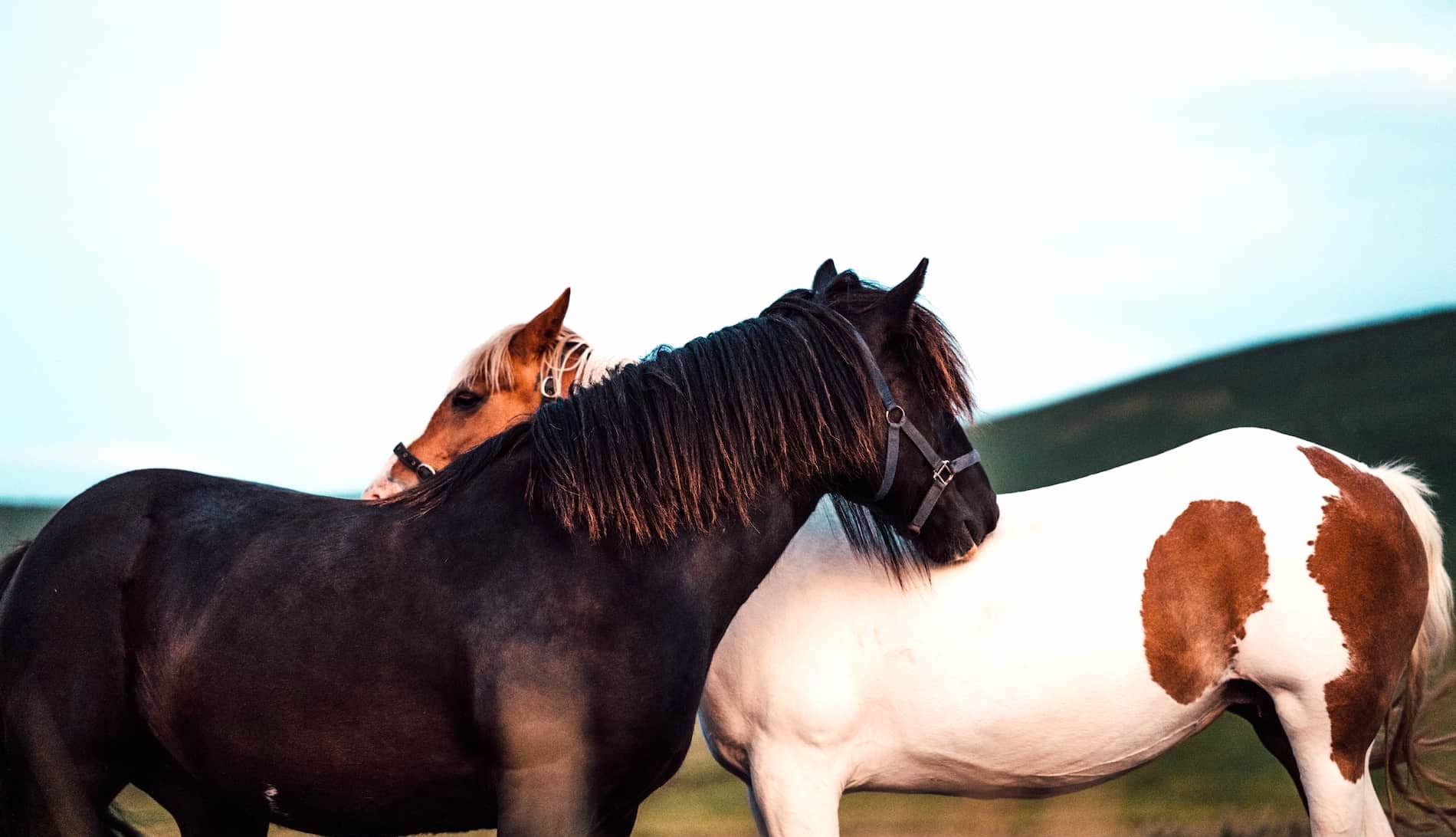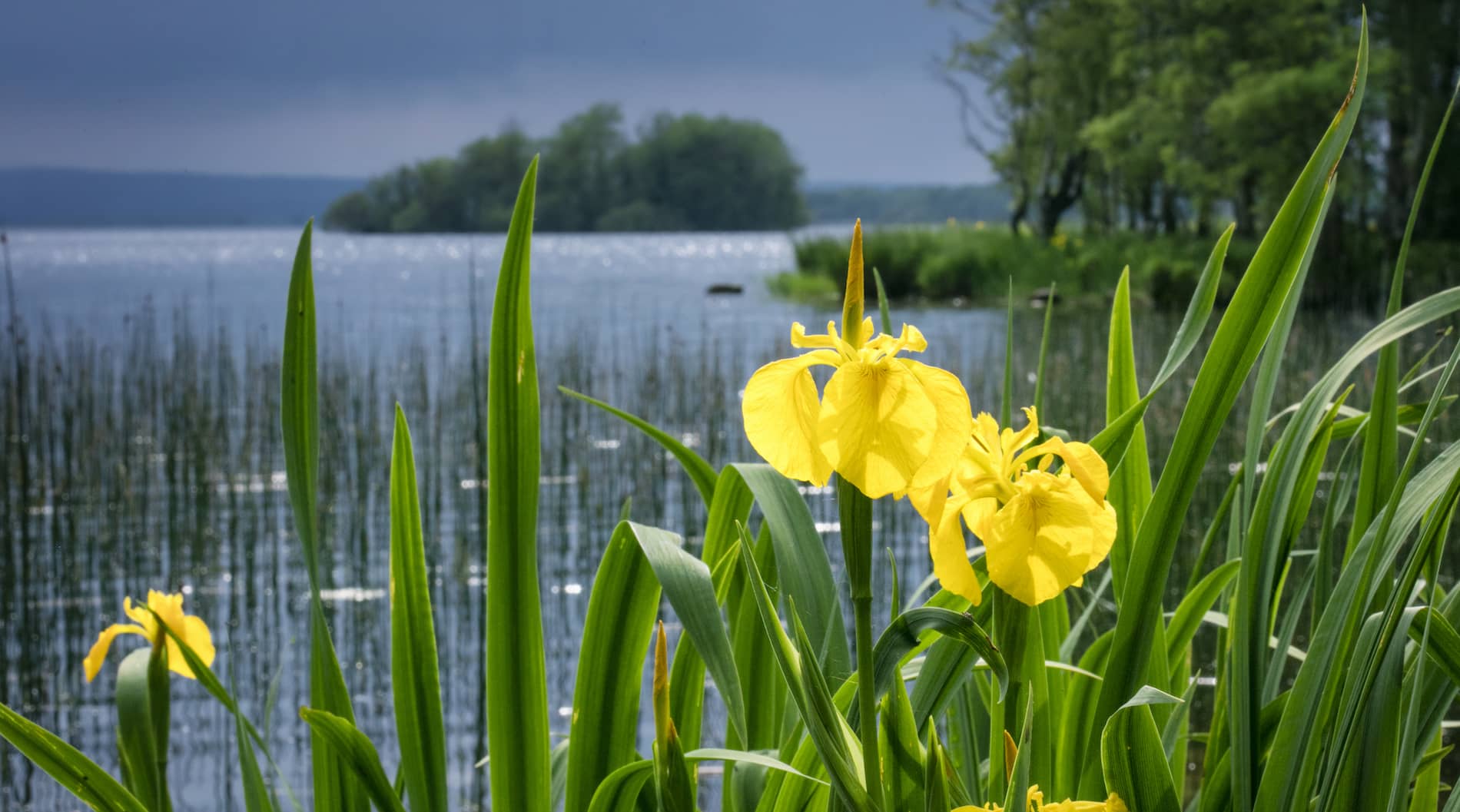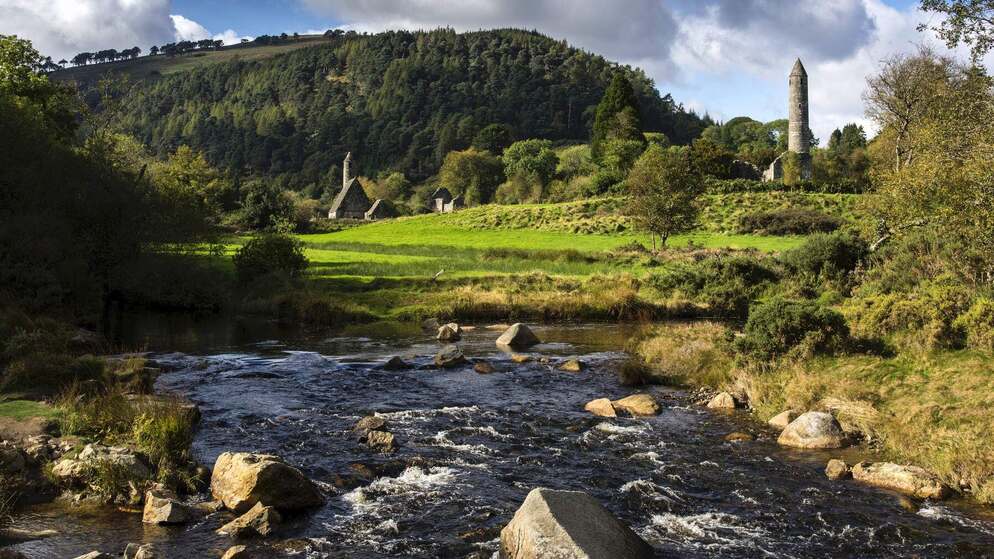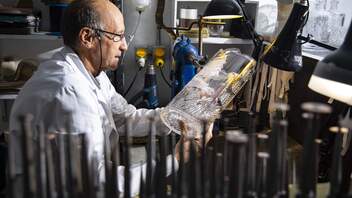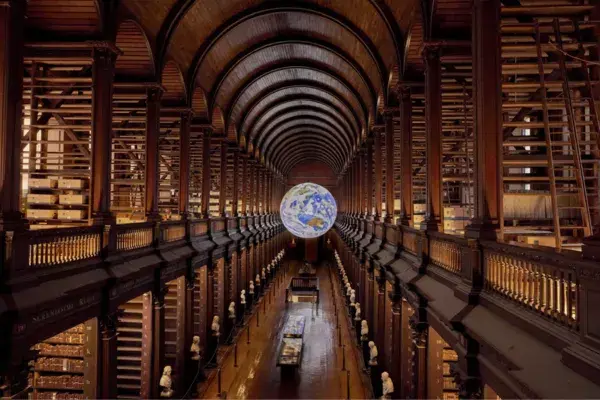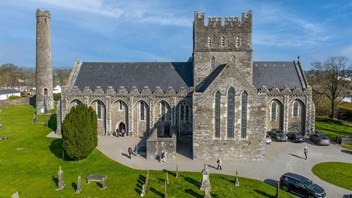
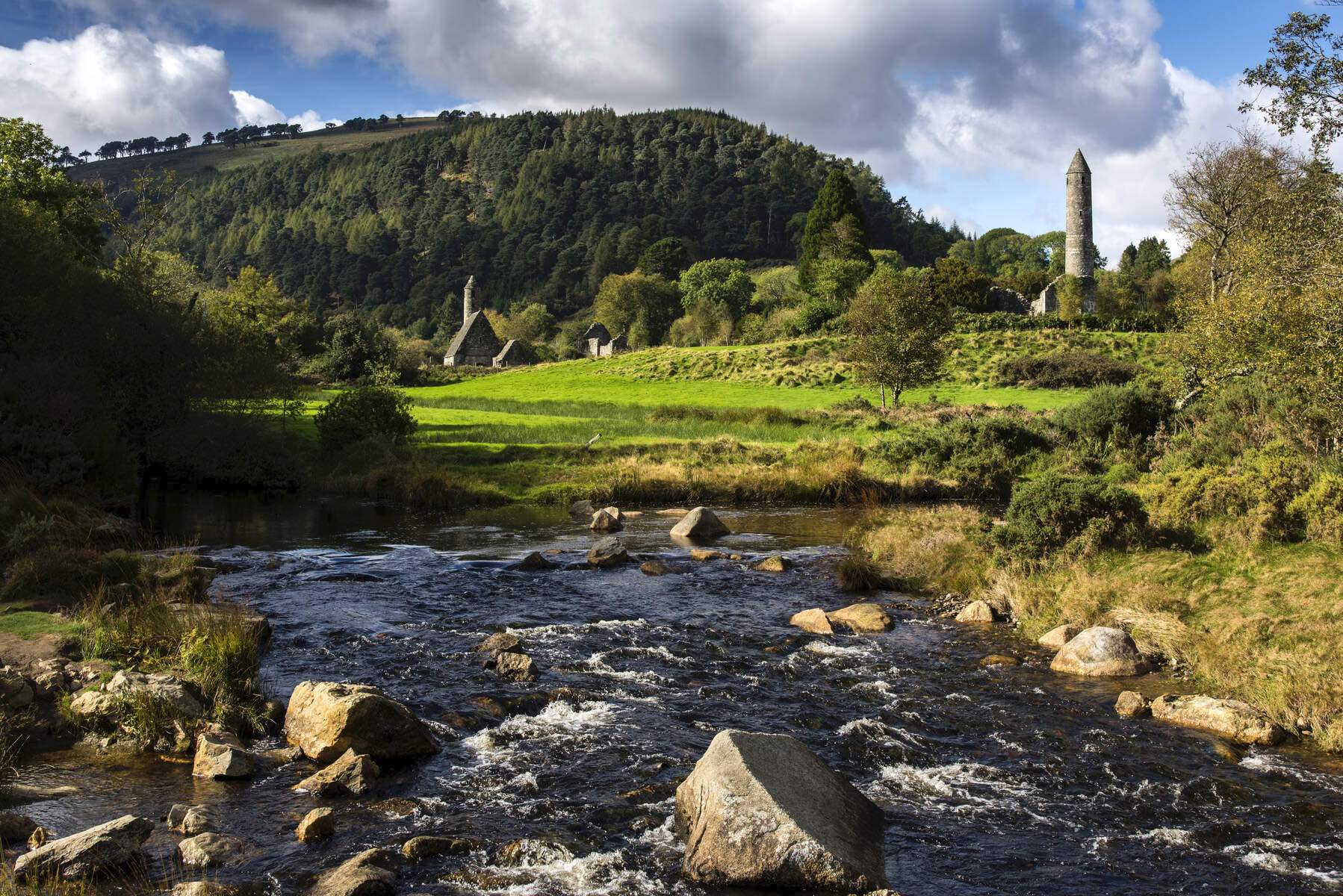
8 fun facts from Ireland's Ancient East
1
A magic road
Of course, a land steeped in myth has "magic roads"! If you stop a car and let the handbrake off on one of these strange roads, the vehicle will appear to roll uphill. A great example can be found near to Mahon Falls, in the beautiful Comeragh Mountains of County Waterford. Look out for the big rock with "Magic Road" written on it. The odd phenomenon actually has a simple explanation. The landscape looks like it's going in one direction, but, in fact, it's going the other way. Still, some people believe nearby fairy forts are the real reason for the funny goings on. Speaking of which...

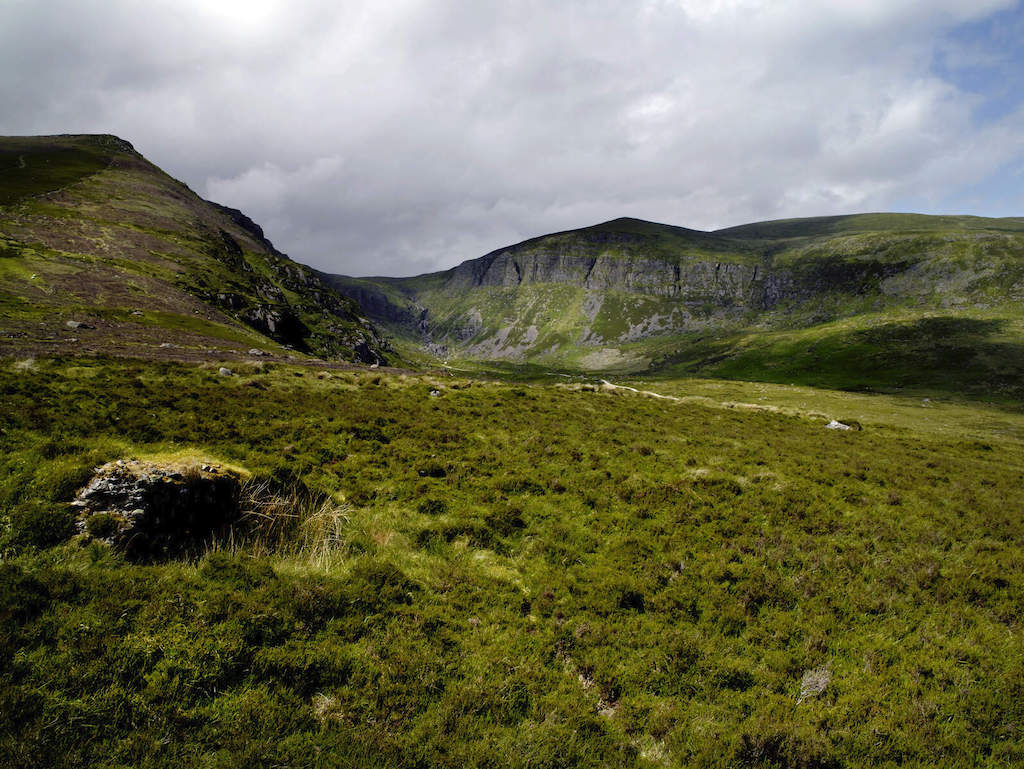
Mahon Falls, Comeragh Mountains, County Waterford

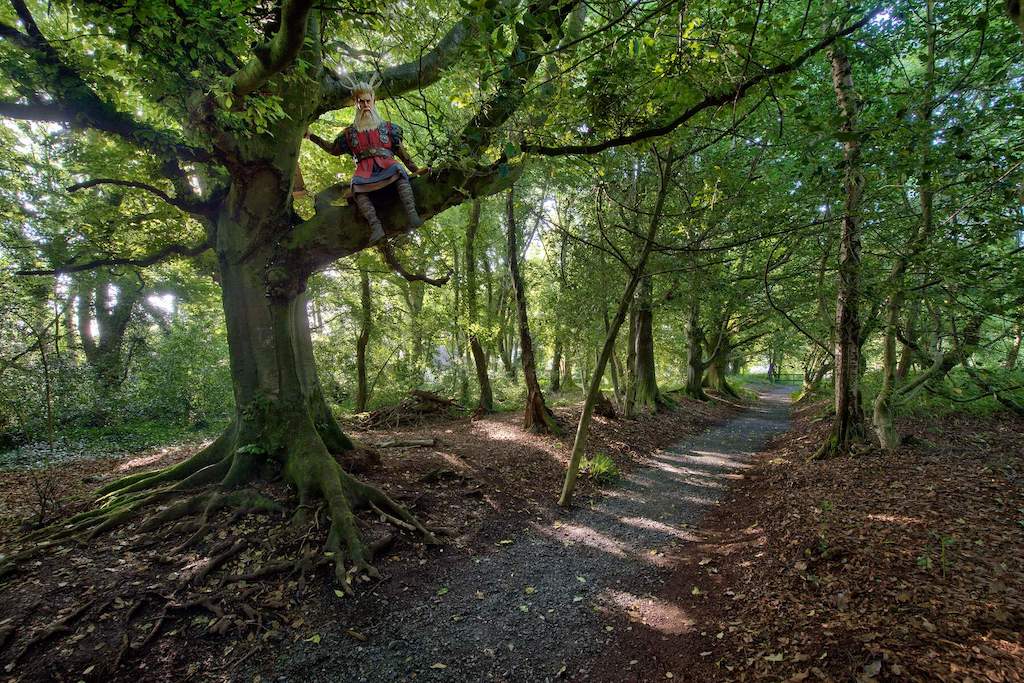
Lullymore Heritage Park, County Kildare
2
Fairy forts
Ireland is full of fairy tales, as we well know. It's said that the hawthorn bush is supposedly the fairies’ preferred meeting spot and damaging one brings bad luck. You’ll find these bushes treated with great respect everywhere. Visit Lullymore Heritage Park in Kildare and you can see where where the fairies have built an entire village around a lone bush.
3
A unique creature
There’s a creature living in the River Nore that you won’t find anywhere else in the world. It’s a freshwater pearl mussel called margaritifera durrovensis – named after Durrow in County Laois – and it can live to the ripe old age of 80. These amazing little gems have lived in Irish rivers since just after the last Ice Age.

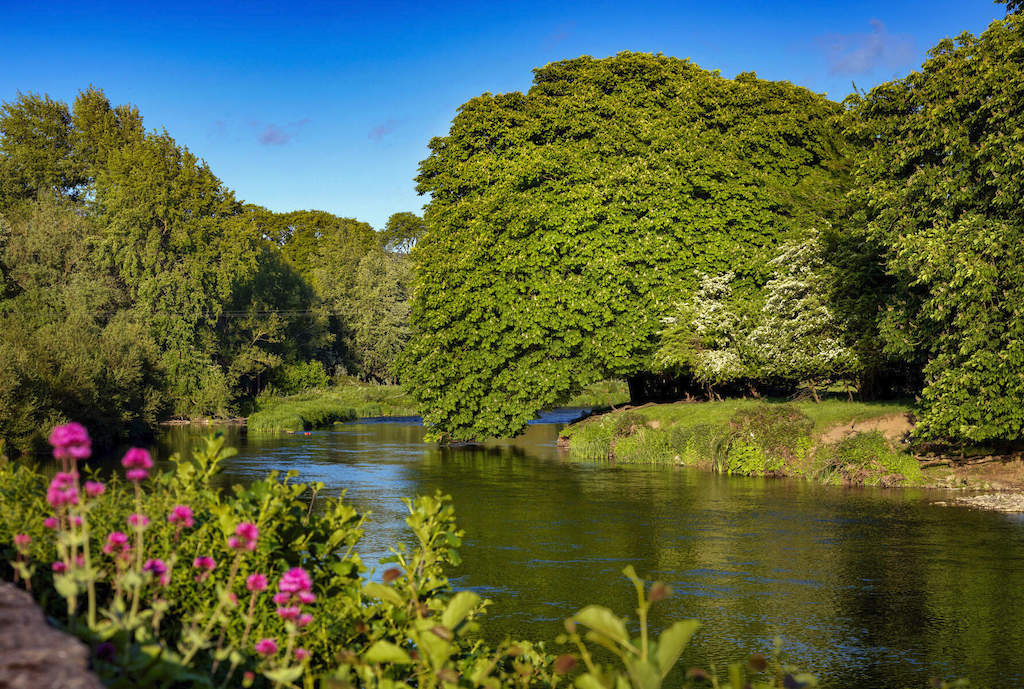
River Nore, County Kilkenny

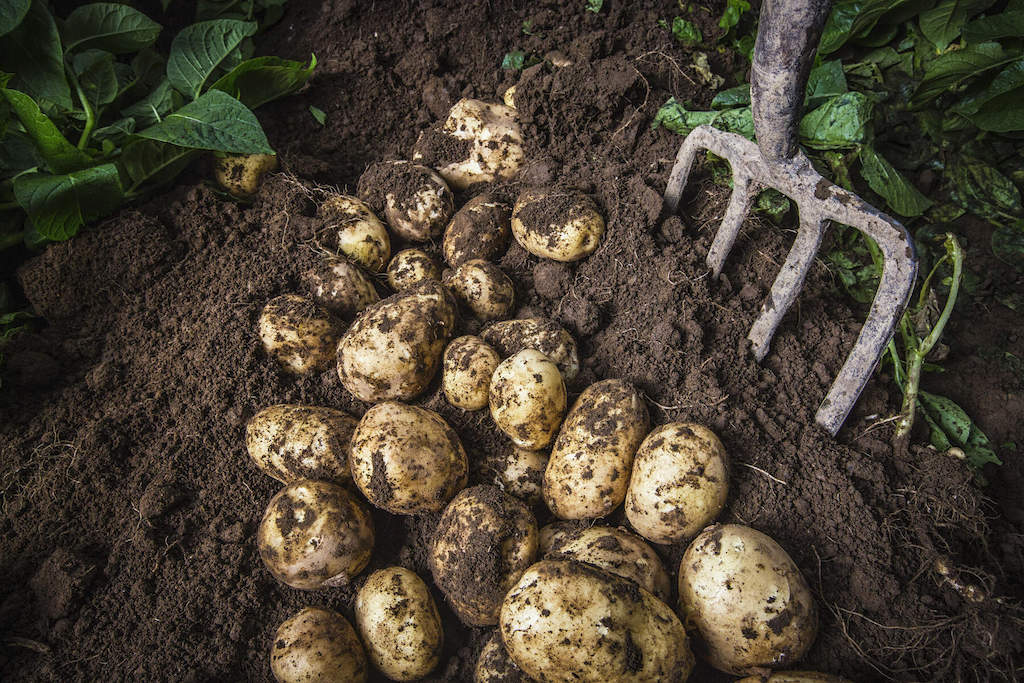
Harvesting potatoes in Ireland
4
The wily witch
During the Great Famine in the mid 19th century, people believed a local witch would protect their potato crops from illness if they were planted in lazy beds on the hill nearby. Lo and behold, the potatoes grew healthy! Apparently the exposed hillside kept the plants dry and blight free. But we like to think there was a little witchcraft involved...
5
Luscious locks
In the Viking city of Waterford, the Bishop’s Palace has a rather strange artefact on display: a lock of Napoleon Bonaparte’s hair. The story goes that it was brought to Ireland by Napoleon’s niece Letitia, who married Sir Thomas Wyse of Waterford and then settled down in this coastal city.

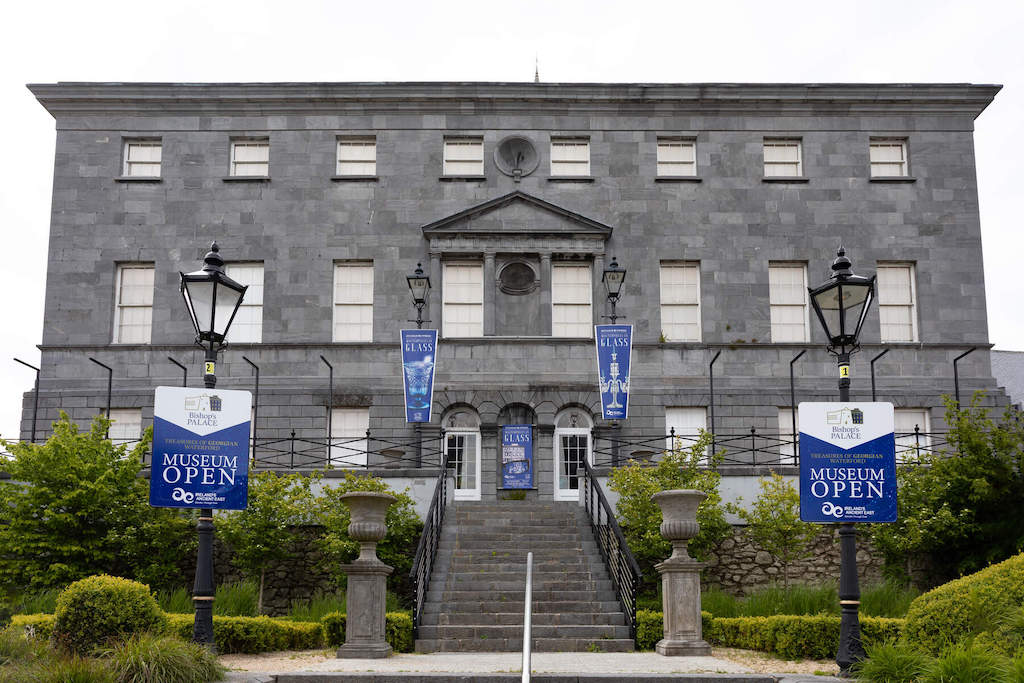
Bishop's Palace, County Waterford

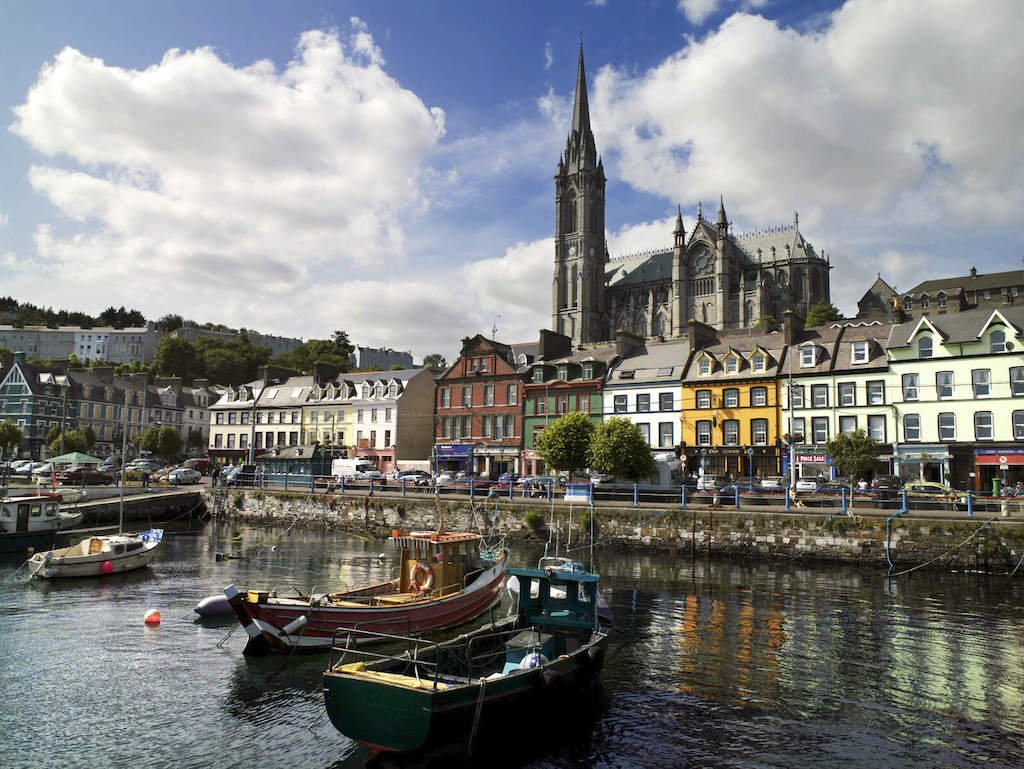
Cobh, County Cork
6
Celebrity surgeon
Speaking of Napoleon, would you spend the night at the home of his personal physician? James Verling was a Cobh man who became a surgeon for the British Army. He was on the boat that took Napoleon to exile in St Helena and was appointed Bonaparte’s doctor. He eventually retired to Cobh in County Cork, and lived at what is now the Bellavista Hotel.
7
A bird in the hand...
Do you know the legend of St Kevin of Glendalough? It was said that one day in the 6th century, a blackbird sat in St Kevin’s hand, which was stretched out of a window, and laid its eggs. St Kevin waited patiently with hand outstretched until the eggs were hatched. And that’s why he's so often depicted alongside a blackbird.


St Kevin's Church, Glendalough, County Wicklow

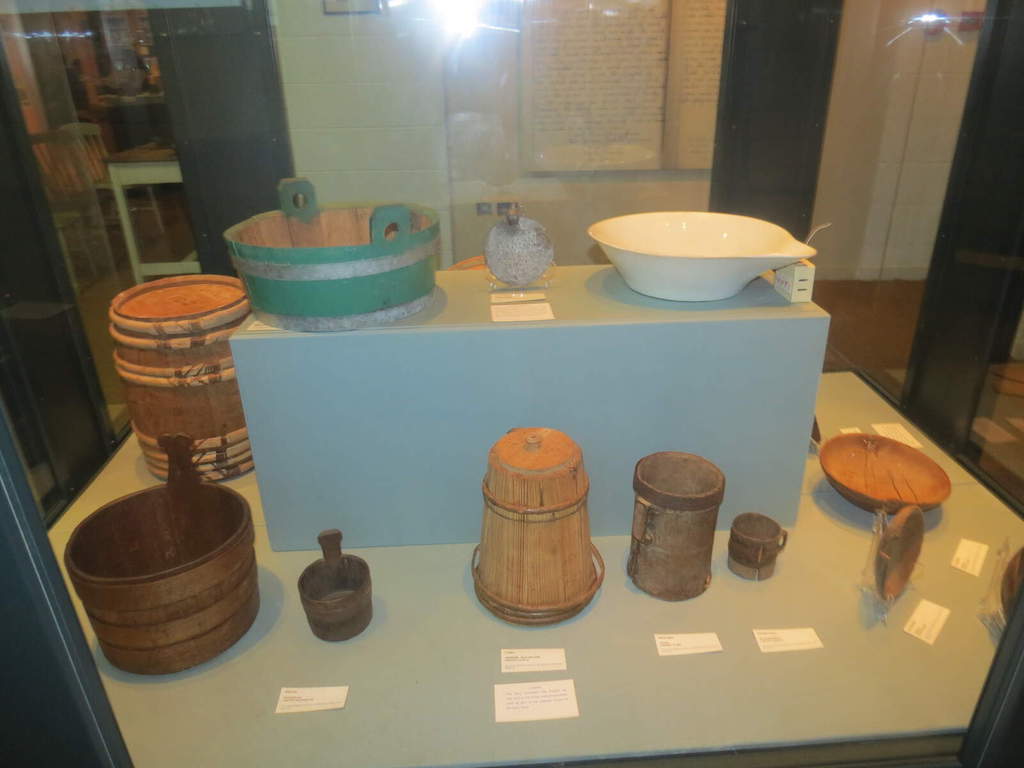
The Butter Museum, County Cork
8
Delicious dairy
We all love a slice of brown bread slathered in butter, and Ireland’s pasturelands produce some of the best! In the 1700s butter was a luxury food desired across the world and Cork butter was shipped as far afield as Australia and Brazil. At the Cork Butter Museum in Cork city, you'll find an amazing celebration of Ireland's dairy heritage, including a 1,000 year-old keg of butter.





